Noob Factory Rolex Replica
To Get It Right, Imitation Rolex Has Worked Hard For Eighty Years
Although the current model is entirely satisfactory, the new model is calm, hot money is pouring into the noise, and there is a hint of dullness amidst the noise. But it is undeniable that Rolex was once a brand worthy of laurels.
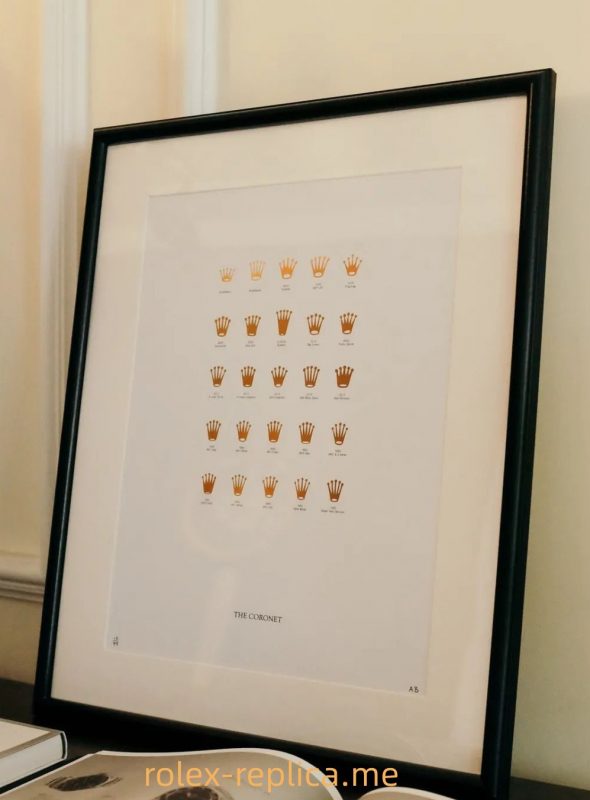
Antique Rolex Crown Eye Chart
When passer-by A is familiar with the situation that widespread labor is precious, cannot be bought, needs to be increased, or is sold in bundles, whether to follow suit or to pay a premium for love is purely a matter of opinion.
Some people watch quietly; some don’t sleep, some encourage, and some scold.
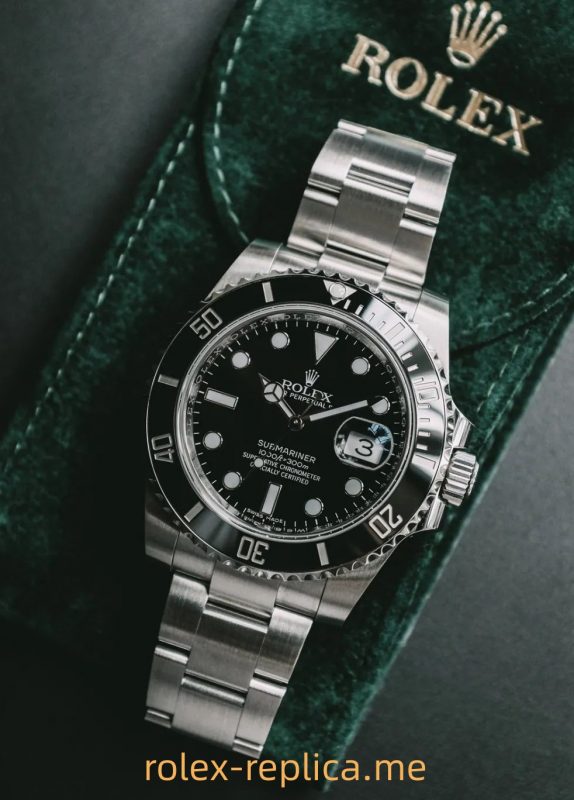
The more disputes, the more popular Rolex is, and Rolex has achieved today’s popularity, in addition to playing a good marketing hand and being chased by hot money. It is the same as other famous brands; its product strength is outstanding.
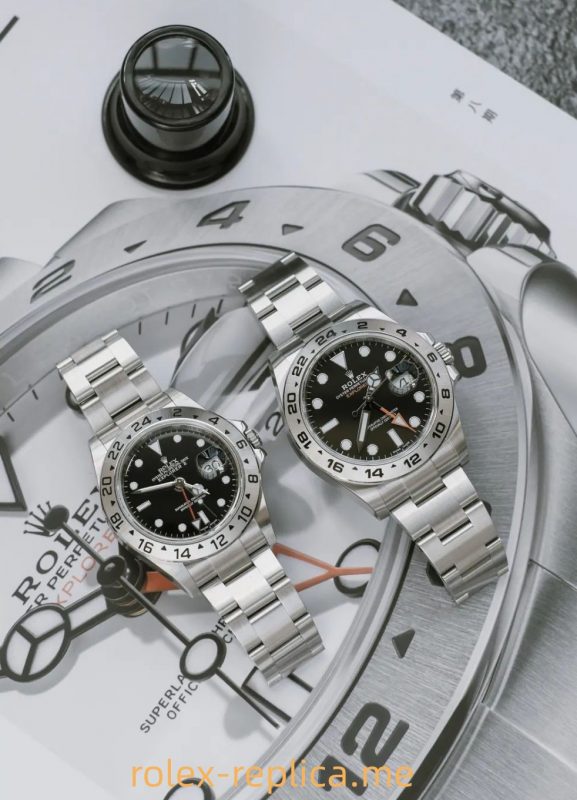
From the middle to late last century, Rolex’s movements, from 1570 to the famous 3135, have matured in functional performance. The excellent design makes it precise and durable; the simple structure makes it easy to maintain and maintain stability.
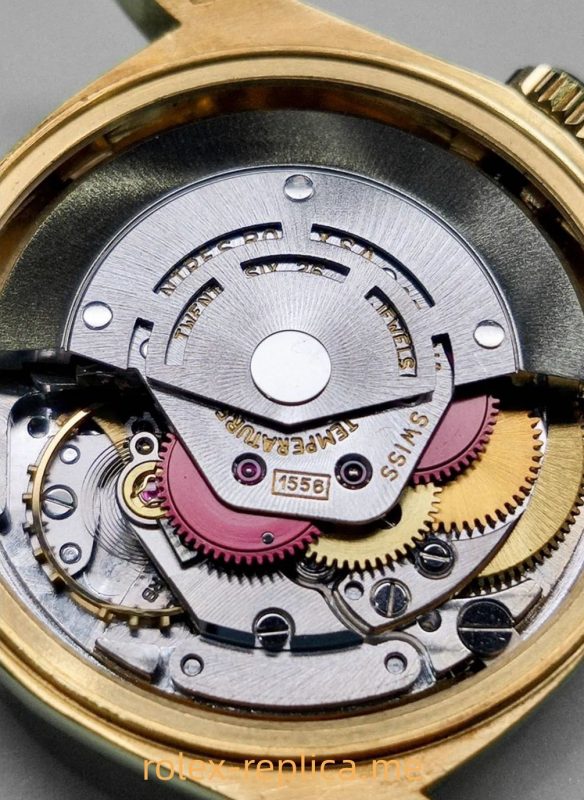
1556 movement based on the 1570
In the era when watches were not fried and used for daily commuting, Rolex was the choice for the hall and the kitchen, laying a solid foundation for today’s popularity.
Recalling that I once chatted with the watchmaker in the store and talked about the precision of imitation Rolex, I immediately used the advertising words, that is, the superior observatory standard, the error after loading the case, and so on, but the master went straight to the heart of the movement-the balance spring system.
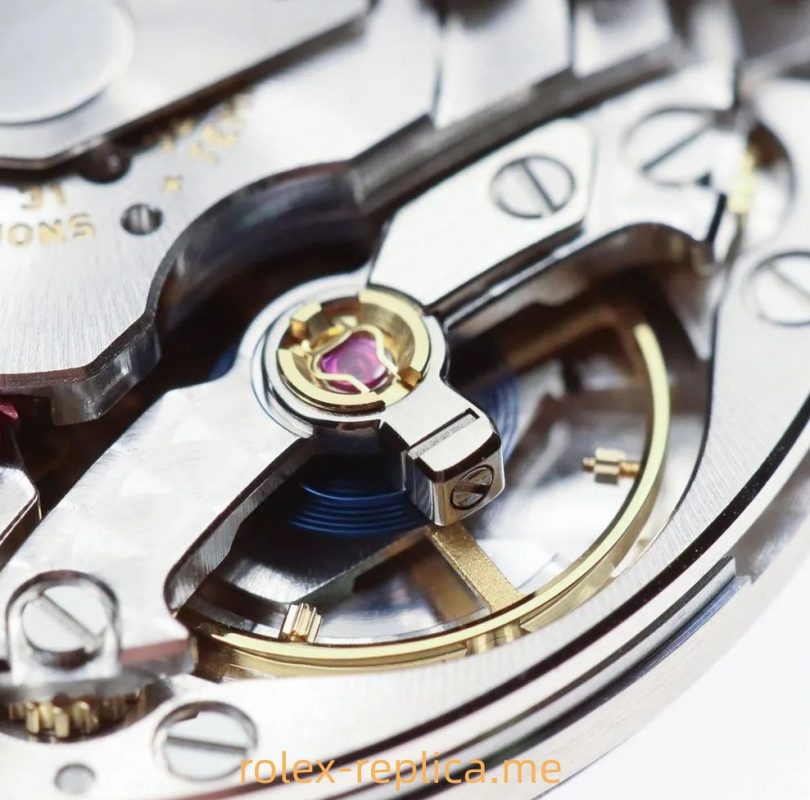
Balance-spring system of Caliber 3130
Those who buy watches and pay attention to the movement should not be unfamiliar with this part. To put it simply, it is the metronome in the action. Whether the clock’s timekeeping is stable and accurate depends on whether this part’s reciprocating motion cycle is tough under various circumstances. Replica watches review.
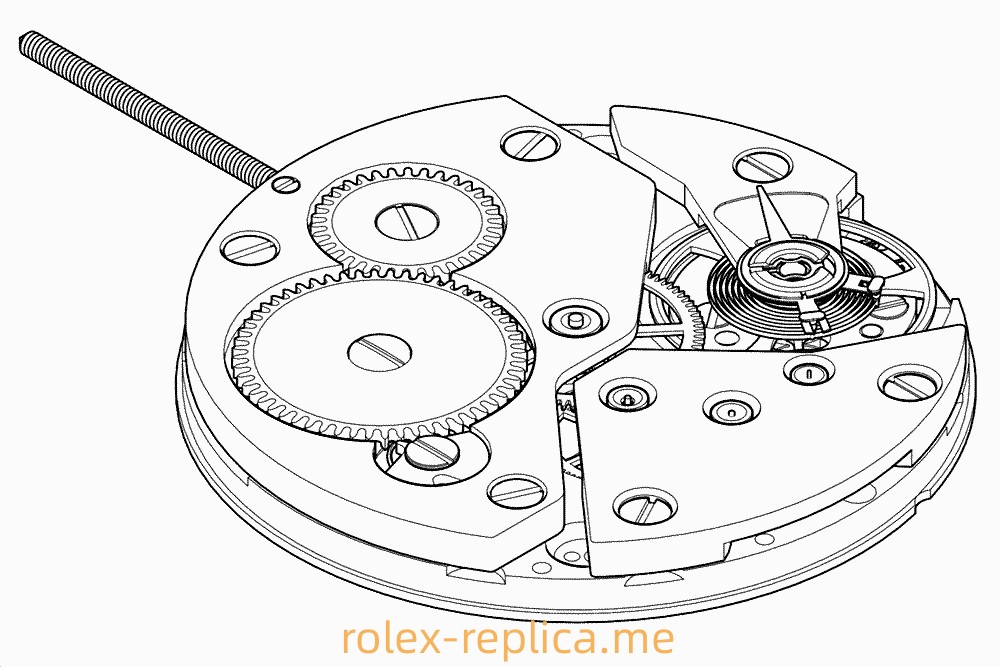
The reciprocating movement on the upper right is the balance wheel.
Therefore, from the tools perspective, Rolex is an impenetrable and precise metronome (similarly, Leica is a portable rangefinder).
Since the 1930s, Rolex, like an enterprising young man, secretly worked hard for product competitiveness; in the 1970s, with the advantages of waterproof and shockproof, efficient winding, stability, and precision, it finally established a moat.
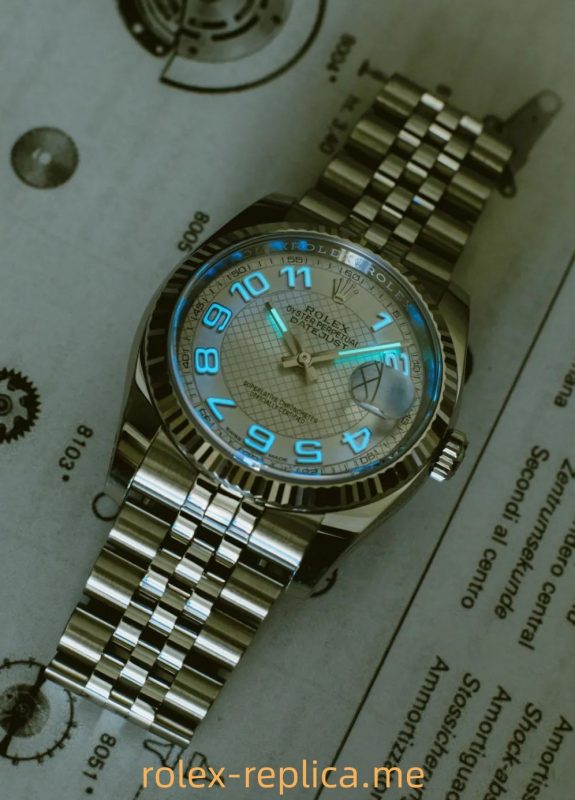
Among them, the pursuit of accurate and stable travel time, and a history of improvement in the balance wheel, are very eager to crown and must bear its weight.
30-50s
In the early days of Rolex, there was nothing special about the structure of the movement, and similar movement boards were standard on the market.
But around the 1930s, Rolex developed a uniquely shaped balance wheel. This may be the first time Rolex has boldly experimented with the heart of the movement—the balance spring system.
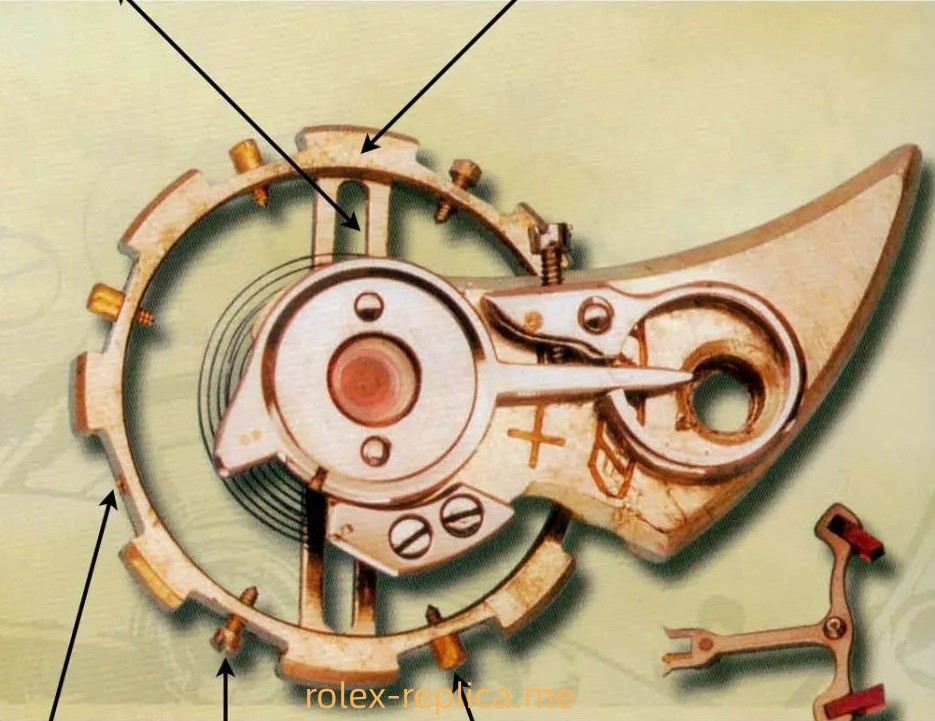
Early main movement Cal.620, square balance wheel, gooseneck fine adjustment
First of all, the beam of the balance wheel is not solid as expected in the same period, but hollow (or to reduce weight); secondly, the concrete outer ring is processed with eight square grooves and then assembled with compensating screws. Among them, two screws can be used to fine-tune the timing, four screws are not adjustable, and two screws are reserved.
As for the compensation screw on the traditional balance, the wheel may be compared to the lead weight added or subtracted for dynamic balance on the wheel hub of a car.
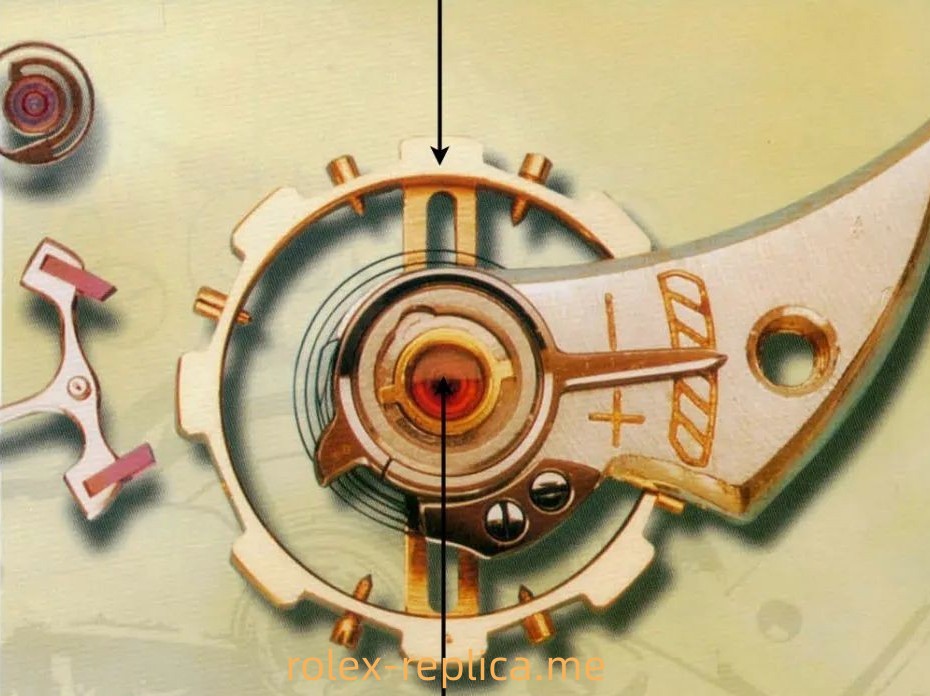
A checkered balance wheel with a shock absorber was added later.
It should be known that there are 16 compensation screws on the traditional balance wheel simultaneously, but there are only 6-8 on the checkered balance wheel of Rolex, which is more convenient to adjust.
At the same time, it is equipped with a Breguet-style top-wound blue steel hairspring and a gooseneck fine-tuning speed needle to ensure that its accuracy is quite competitive among products of the same period.
Despite its simplicity and uniqueness, the checkered balance wheel could be better. There may be three reasons:
It was not easy to manufacture in that era, and the production capacity needed to be improved.
It was still relatively bulky compared to the single-turn ring, and the air resistance was rather large.
The speed regulation still needs to be realized by multiple variables, such as the fine-tuning compensation screw and the relatively complicated speed needle.
50-70s
This period is considered the golden age of Rolex, and many classic tools and daily watches were born. Among them, the most representative movement, which has contributed significantly to Rolex simultaneously, should be Cal.1570.
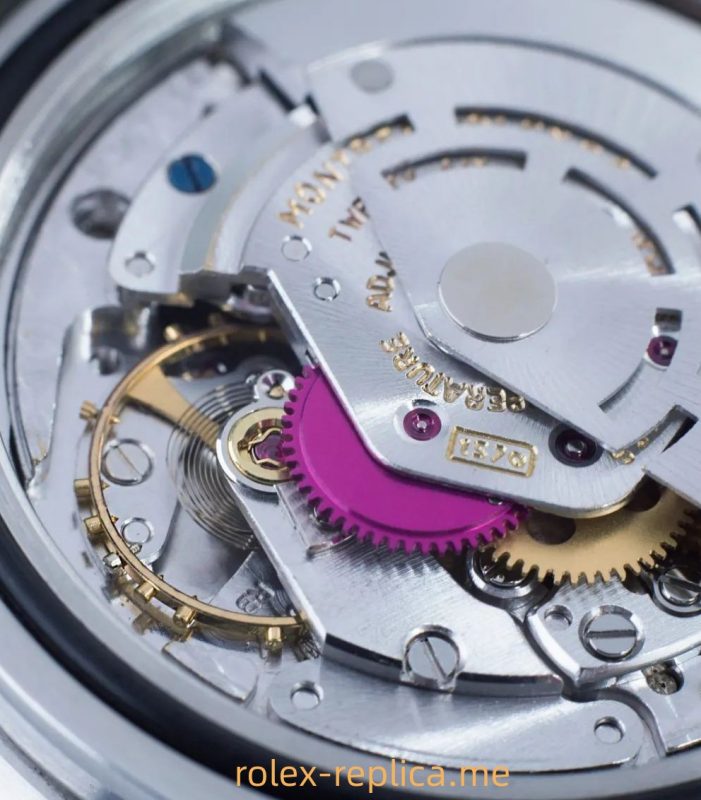
1570 movement
At first glance, the 1570 movement returns to the traditional compensating screw balance wheel. Still, the difference is that it cancels the gooseneck fine-tuning speed needle and only needs to fine-tune the speed through 4 compensating screws, two of which are eight-tooth heads. The other 2 are prefixes; only special tools can be adjusted.
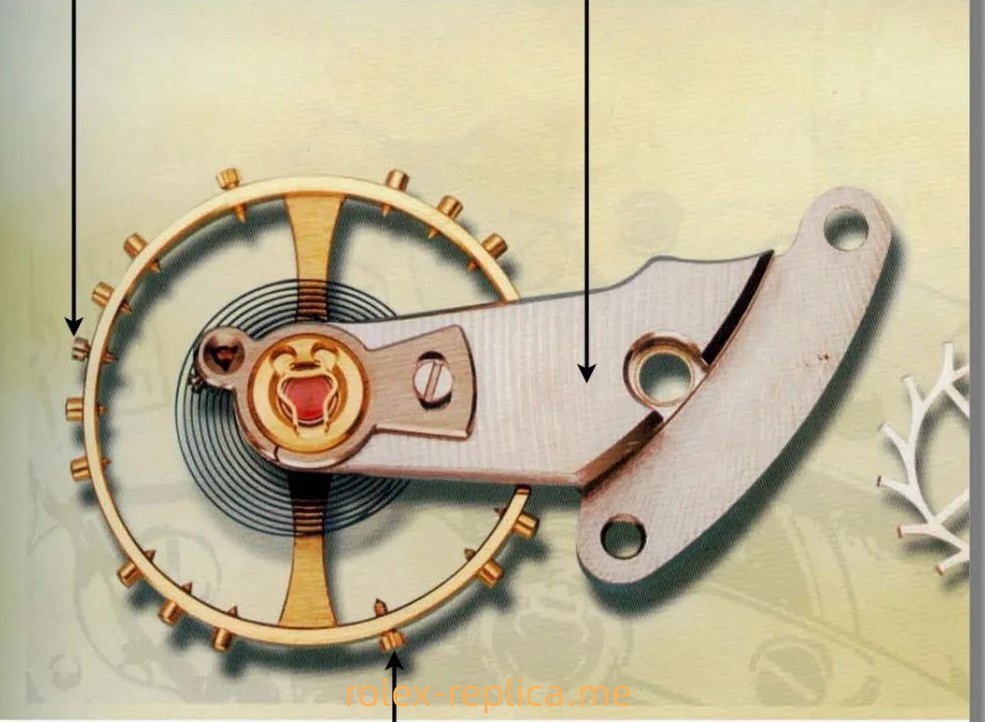
Compensating screw balance of Caliber 1570
Although this traditional balance wheel filled with K gold screws seems backward and outdated now, for many watch fans who love antique watches, its classic status is still undeniable for modern balance wheels.
Some big brands still retain this traditional part when using or replicating antique movements to create individual watches, which show their classic status.
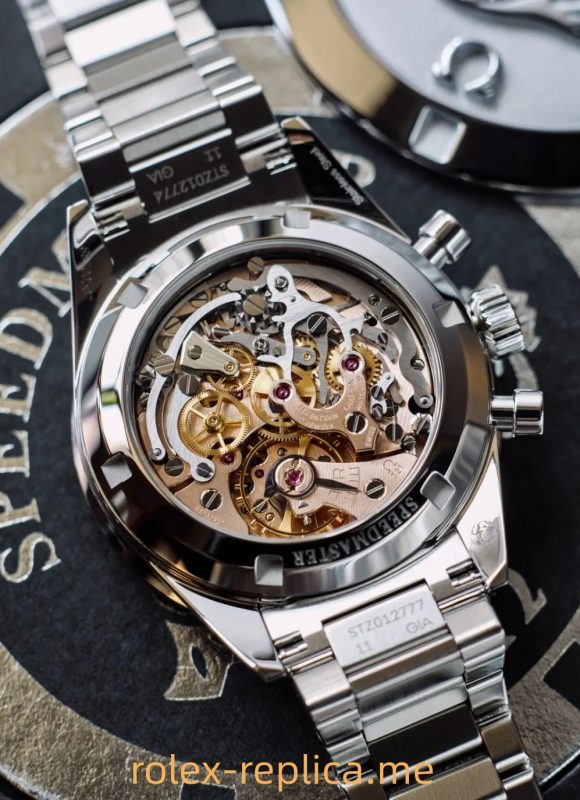
Ouji’s new 321 movement Speedmaster, which retains the traditional compensation screw balance wheel
As for me, the compensating screw balance wheel is indeed superior in decoration and aesthetics in the elegant movement of the board; at the same time, Rolex maximizes the precision of this classic structure.
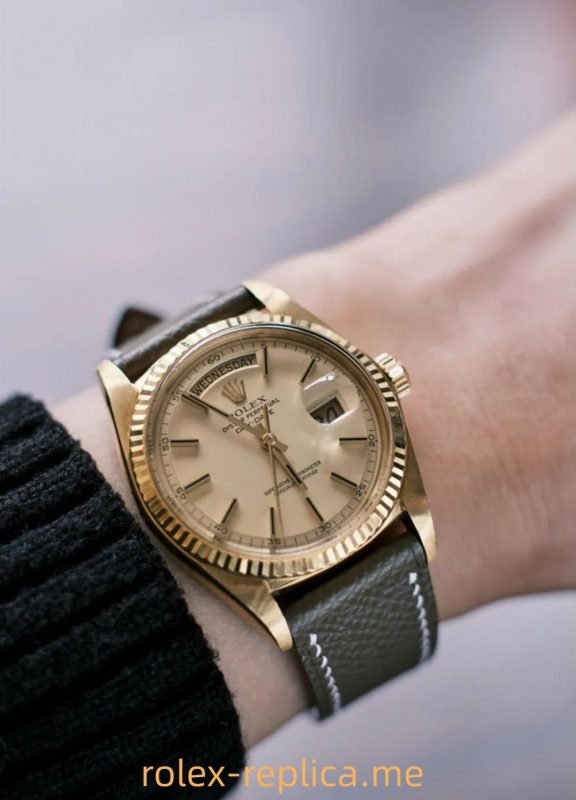
Rolex 1803 is equipped with 1556 movements. This one, in my hand, was born in the early 1970s. Based on the 1570 movement, the antique Day-Date fitted with the 1556 movement can easily maintain a daily difference of +1s.
Late 70s-Late 80s
In 1977, Rolex launched a new movement, Cal.3035.
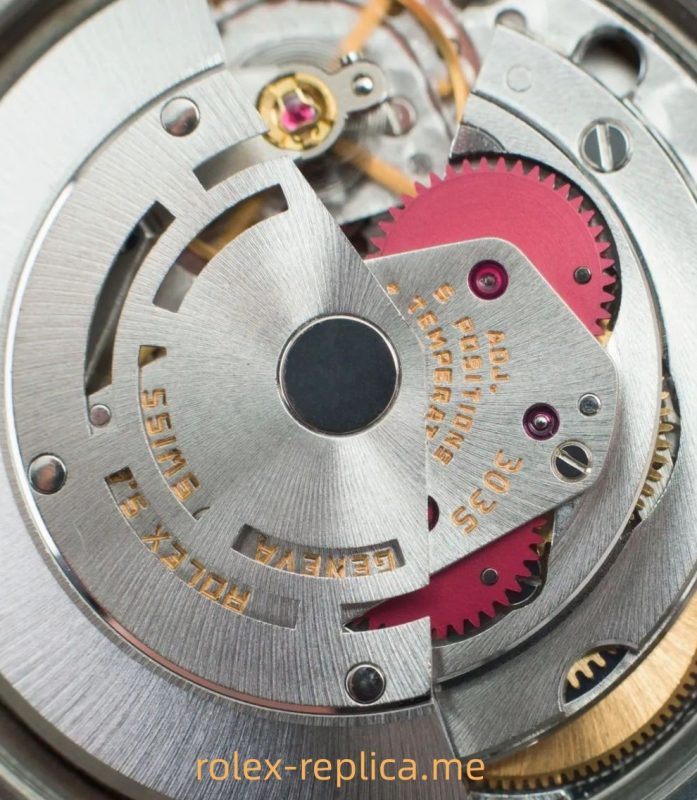
Observing its balance spokes, it has evolved into a particular four-arm swing beam structure.
Compared with the double-spoke swing beam of the 1570 movement, the four-arm structure is more stable. Especially in thermal expansion and contraction due to extreme temperature differences, the balance wheel is not easily deformed and has a higher roundness. The corresponding swing will be more regular, and the travel time will be more accurate.
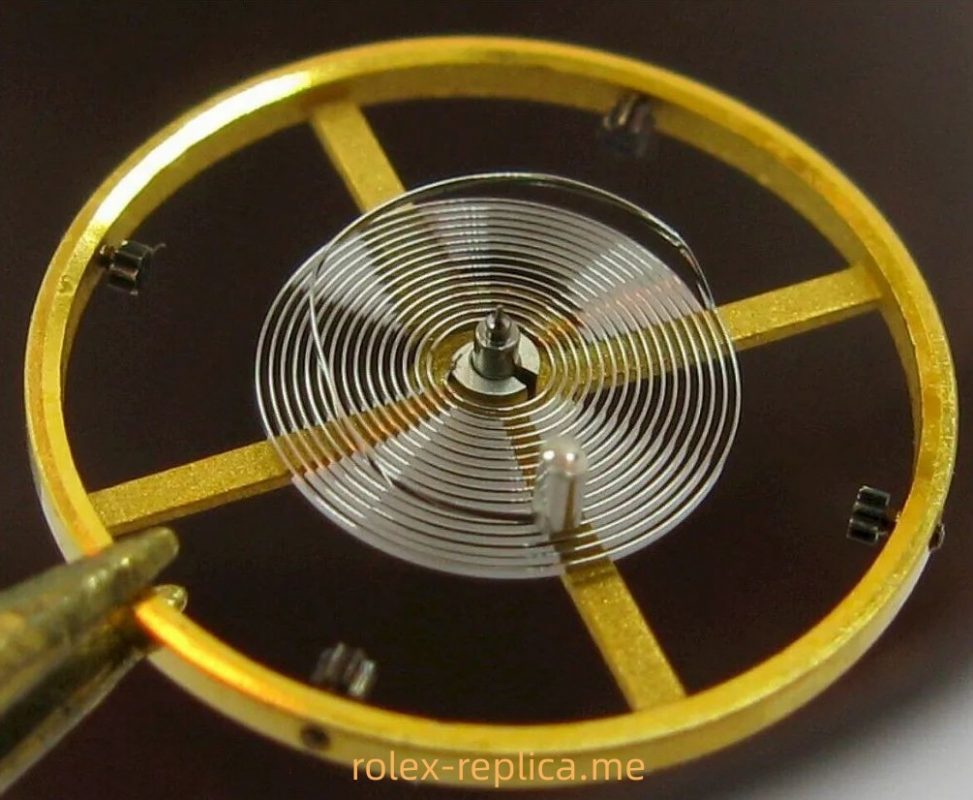
Caliber 3035 with four-arm balance beam
At the same time, four special screws are set inside its balance wheel ring to fine-tune the speed of time. During the period, two were thinner, and the other two were thicker. Use special tools for fine-tuning, the former is 1s, and the latter is 2s, suitable for maintenance.
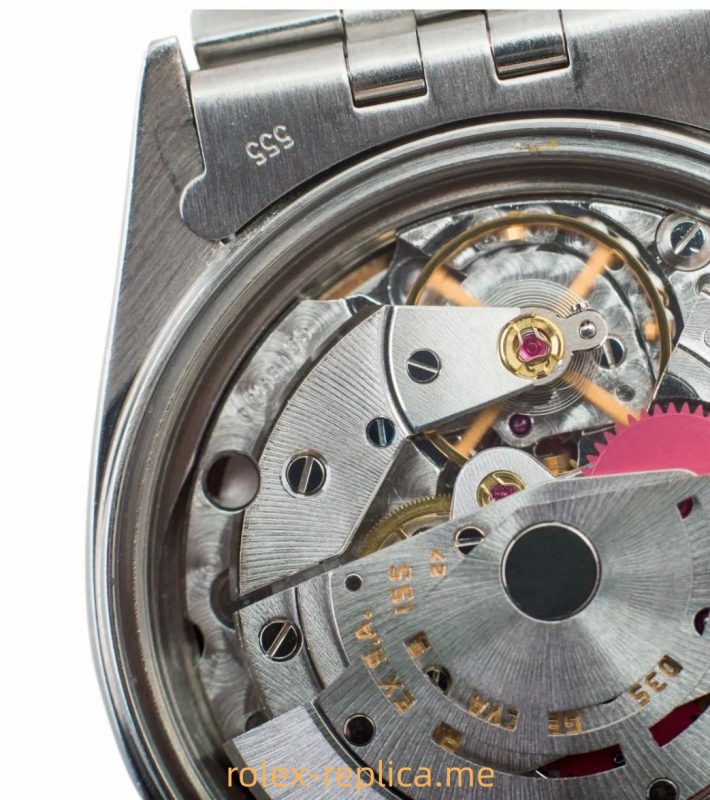
The innovative balance wheel design of the 3035 movement is essential. While the adjustment is more convenient, it stabilizes Rolex’s reputation for precision and lays a solid foundation for the subsequent generation of the famous machine 3135. And the favorite 3135 movement has been the most significant contributor to Rolex in the past 30 years.
90s – 2015
In 1988, Rolex updated the 3035 and launched the Cal.3135 movement.
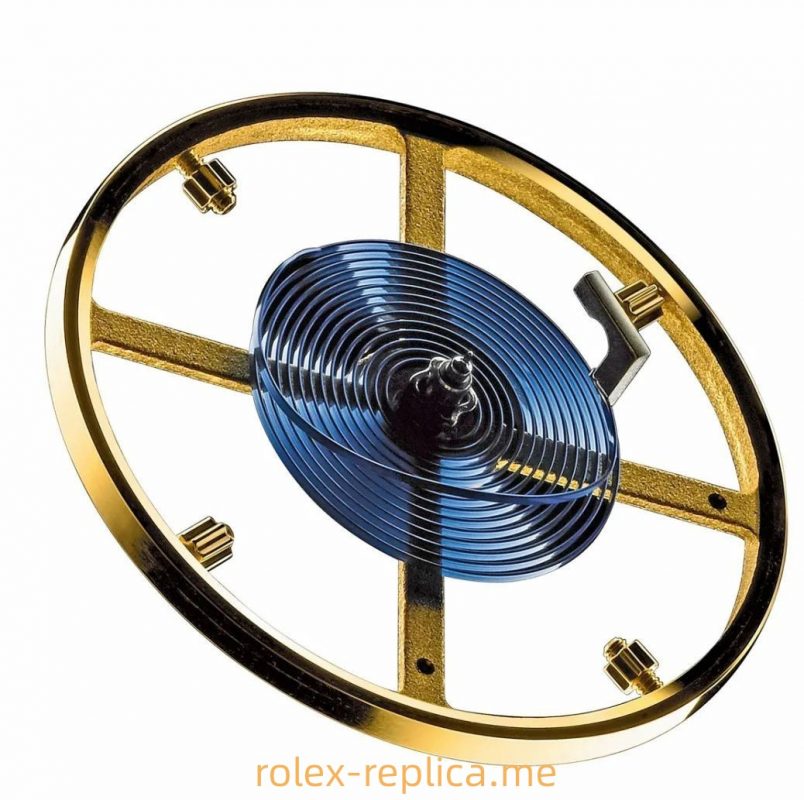
Balance spring of Caliber 3135
At first glance, its four-arm balance wheel looks like the 3035. But if you look closely, you can find that the four fine-tuning screws in the pendulum ring have changed from screws to nuts.
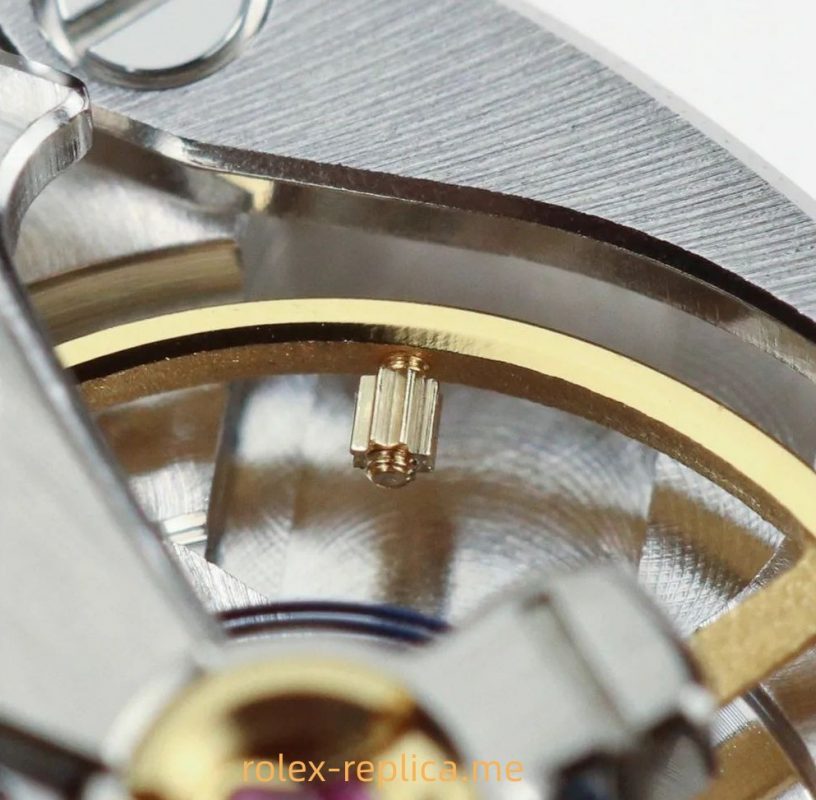
Nut trimmer
Although the processing difficulty of this design is high, stability is vital. The fine-tuning method of the four nuts is consistent with that of 3035, and it is not easy to loosen.
In addition, it is worth mentioning that the balance splint of 3135 has been improved from the previous unilateral type to the horizontal type. This way of fixing the bridge plate is rock-solid and, at the same time, can be fine-tuned for height. The balance spring system is like a reliable backer.
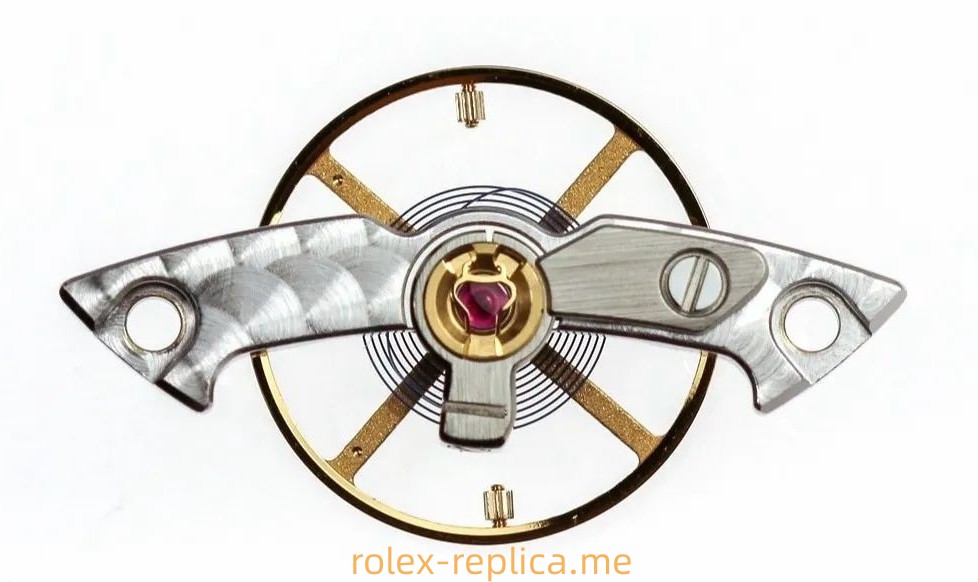
The cross-type balance splint of the 3135 movements: this near-perfect balance wheel structure and other advantages make the 3135 movements a smashing watch and even become a “synonym for value preservation.”
After all, regardless of the new hype in recent years. The value-preserving and popular basic models of the previous two generations are almost all equipped with the same 3135 heart, and they are still steadily racing against the younger generation 3235 with different reputations.
2015-present
The initial performance of the current 3235 movements is not satisfactory, and it has improved in the past one or two years.
Although, in theory, it optimizes the structure, escapement, dynamic storage, and automatic winding mechanism, which should be more perfect than 3135.
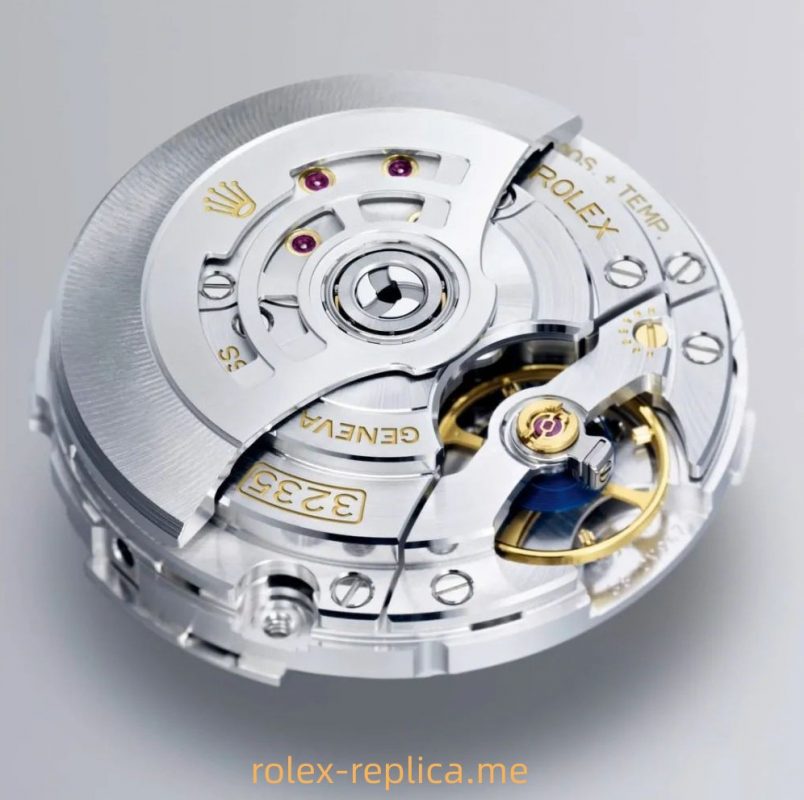
The current main movement Cal.3235
However, there are many cases where the initial swing suddenly drops and slows down, a bug that tests the character.
Returning to the balance spring, the 3235 slightly optimizes the four-arm crossbeam to make the connection between it and the balance ring natural and smooth. After asking for advice, this move aims to improve the air resistance of the balance wheel during reciprocating motion.
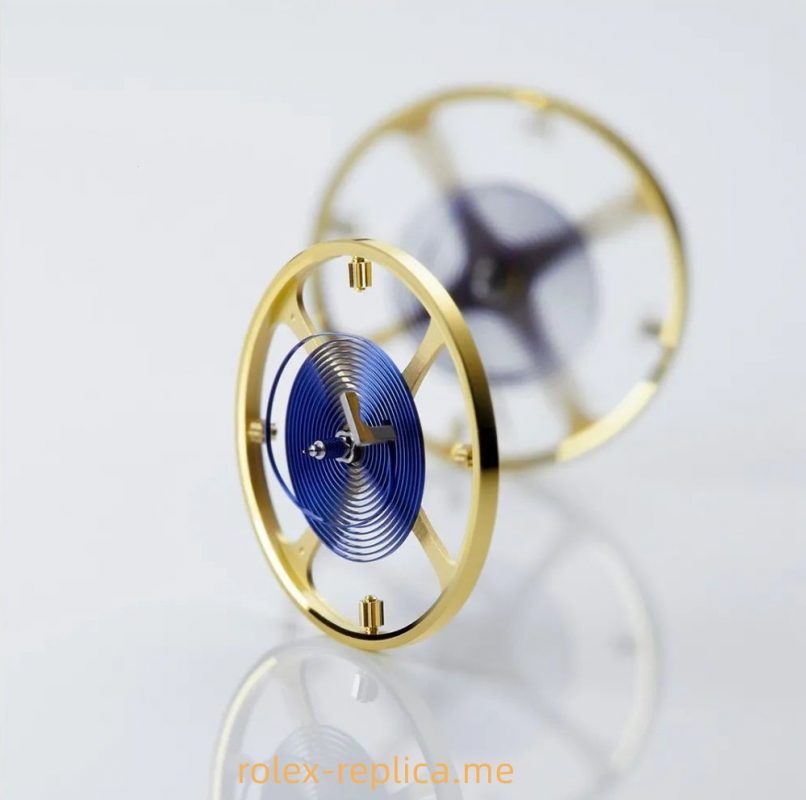
The four-arm swing beam balance wheel of the 3235 movements also mentions the balance splint. The fine-tuning screws are changed to gold and marked with scale references. After the standardized balance wheel fine-tuning screws, this is also very Rolex.
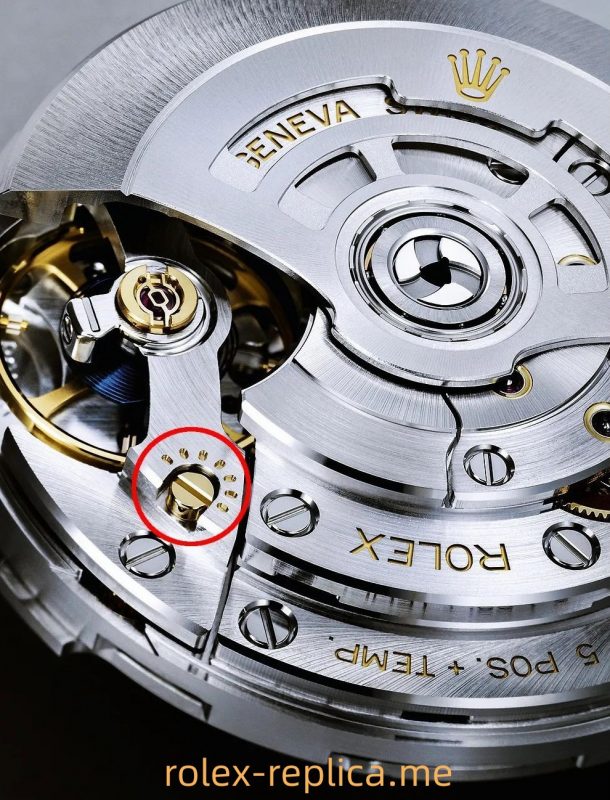
Traversing balance cock of Caliber 3235
The above, the evolution history of Rolex’s balance wheel, may also be a core part of its history of precision.
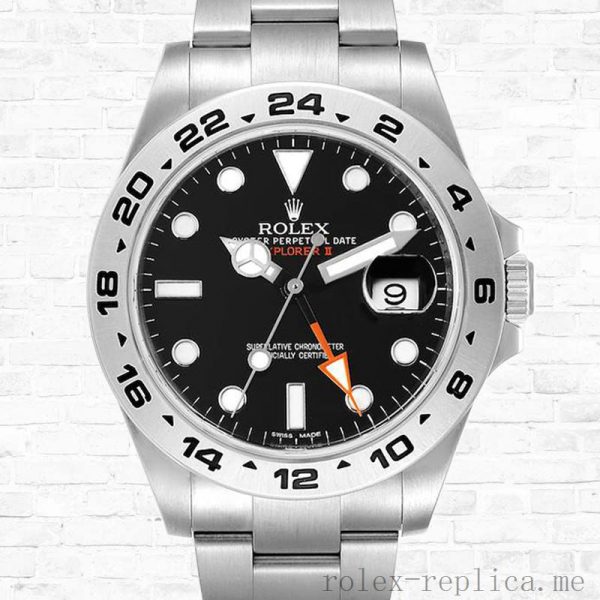
Brand: Rolex
Series: Explorer
Band Width: 20mm
Gender: Men’s
Case Thickness: 15mm
Dial Color: Black Dial
Model: m216570-0002
Movement: Automatic
